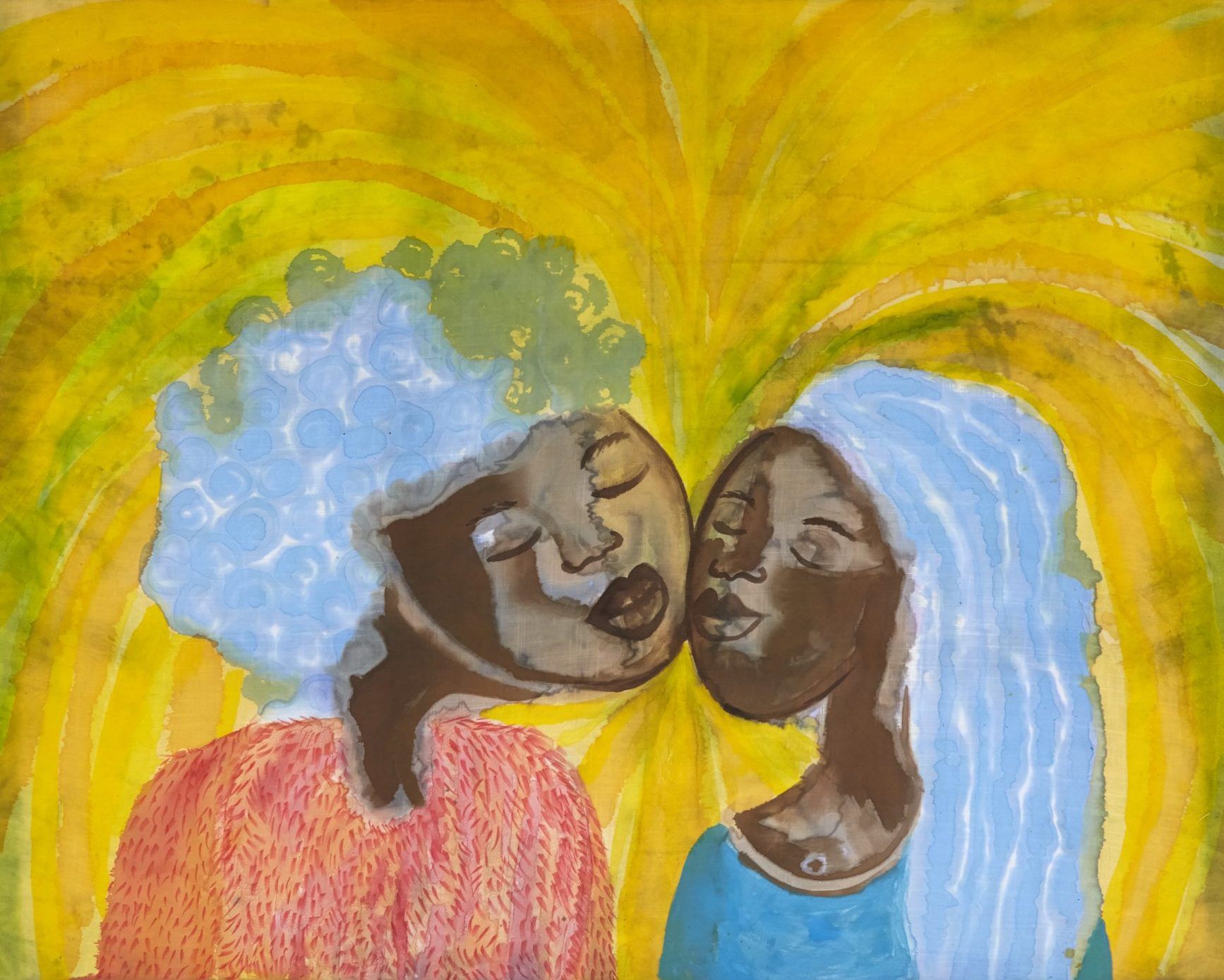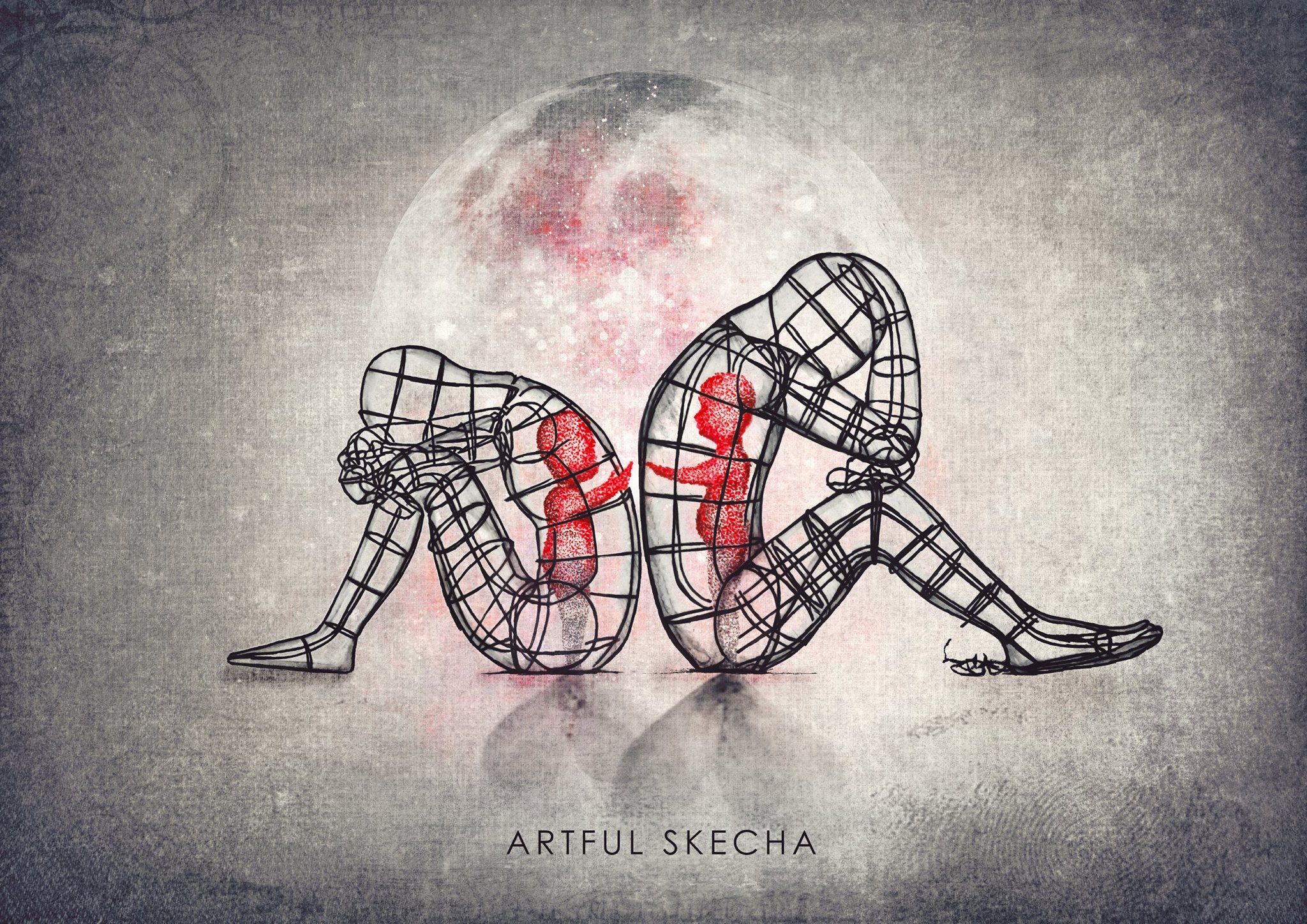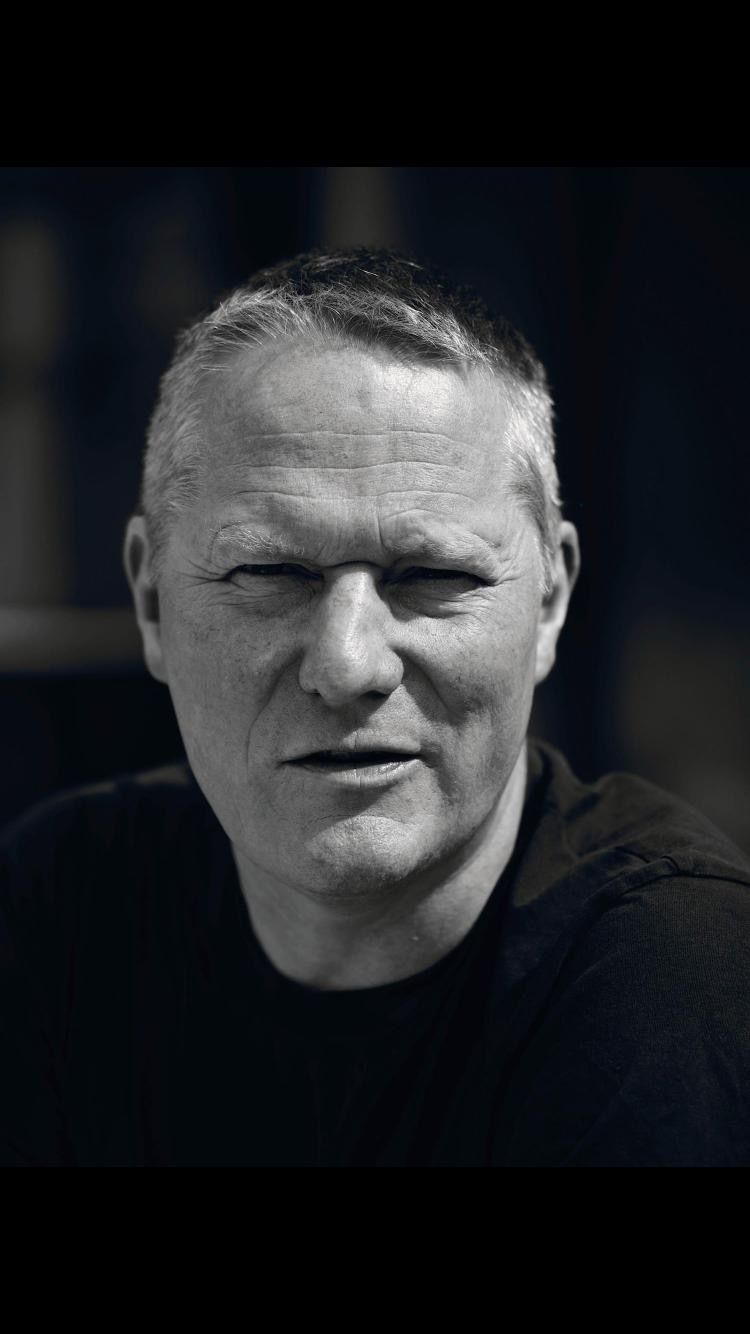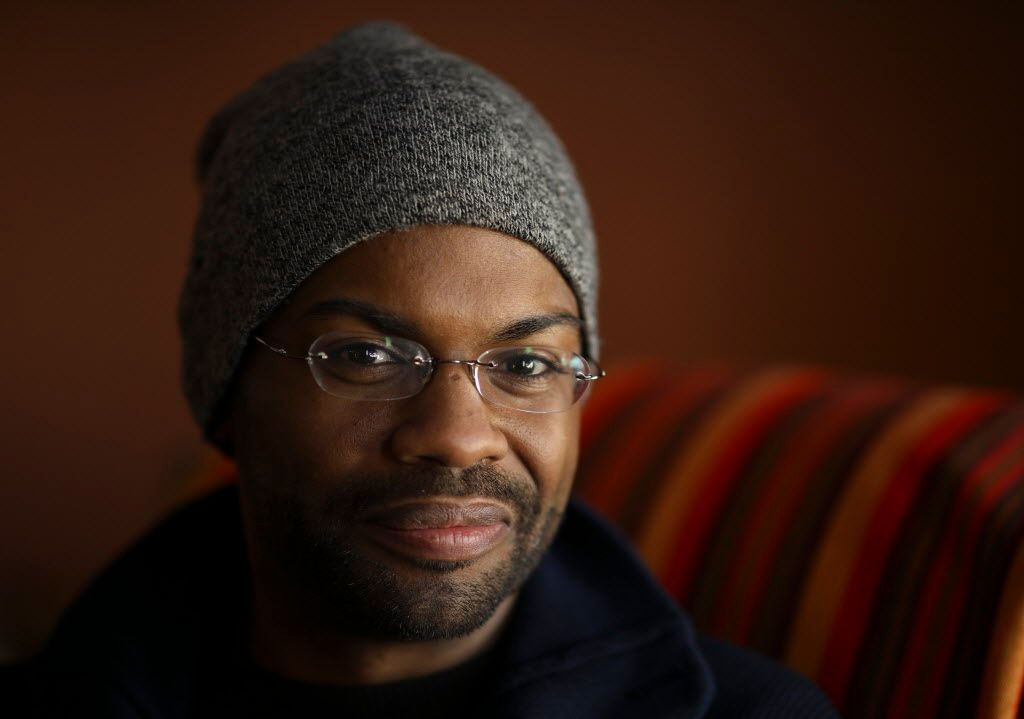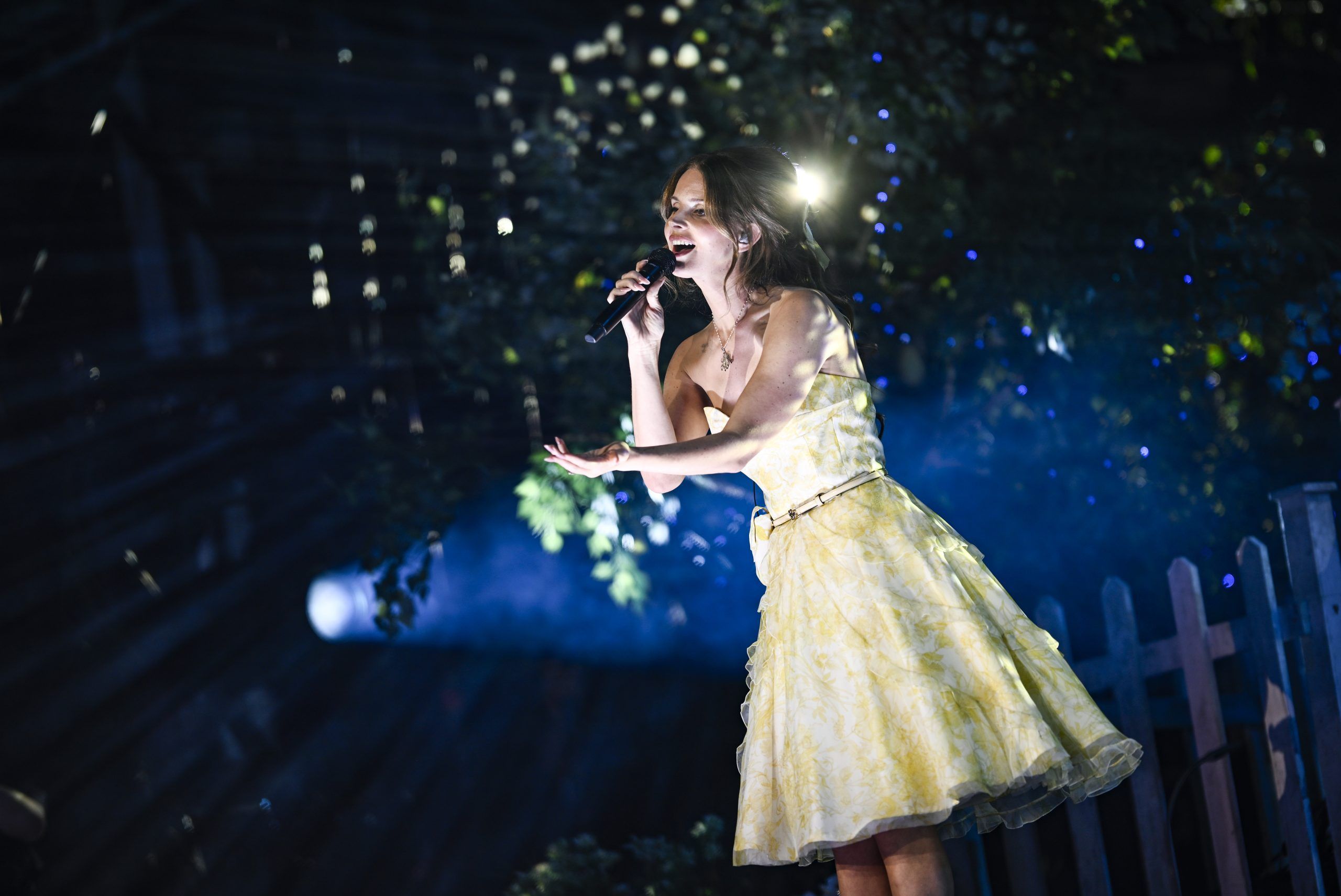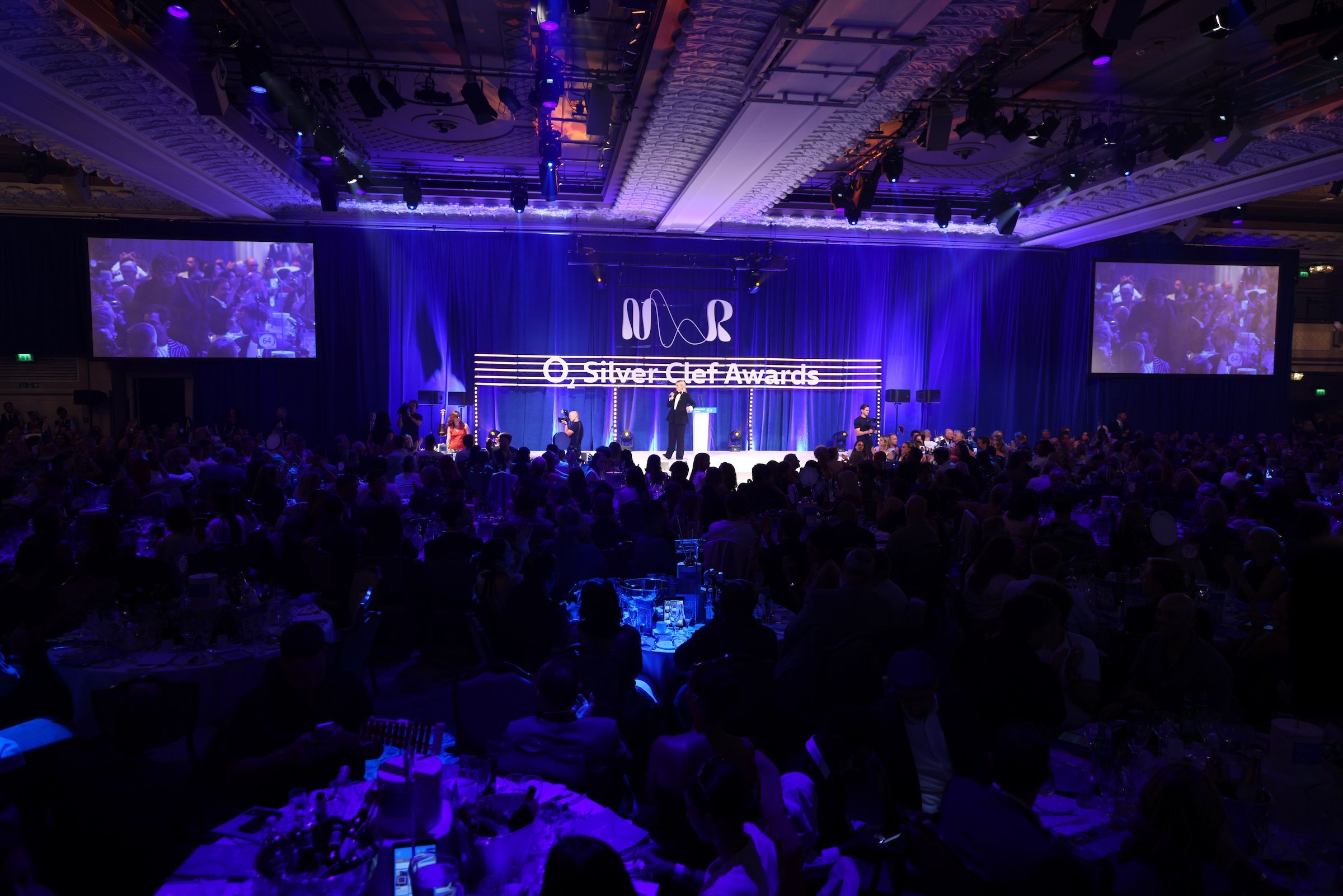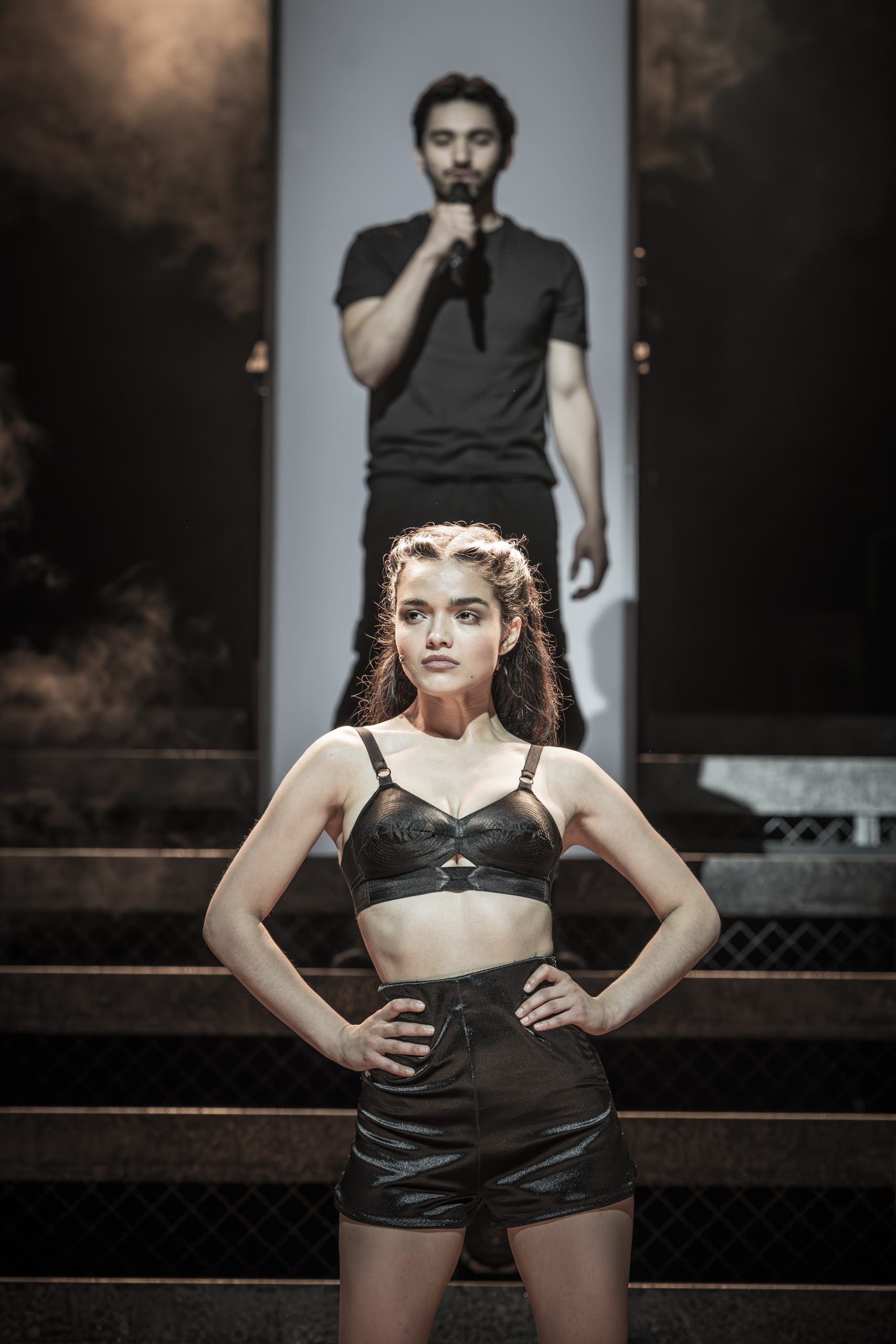What results at the unification of art, finance and technology to facilitate relief efforts for COVID-19 victims?
The brilliance of this coalescence is Art&Co., the world’s largest online art auction devoted to giving short- and long-term aid to freelance artists that have been impacted by the recent pandemic. The initiative is based in London, where it was founded by art collector and tech entrepreneur, Bundeep Singh Rangar. No novice to the art world or the banking industry, Bundeep is a modern-day Renaissance man who, via his own appreciation and extensive exposure to art, culture and corporate businesses, has skillfully interwoven art consumption with the financial and insurance sectors.
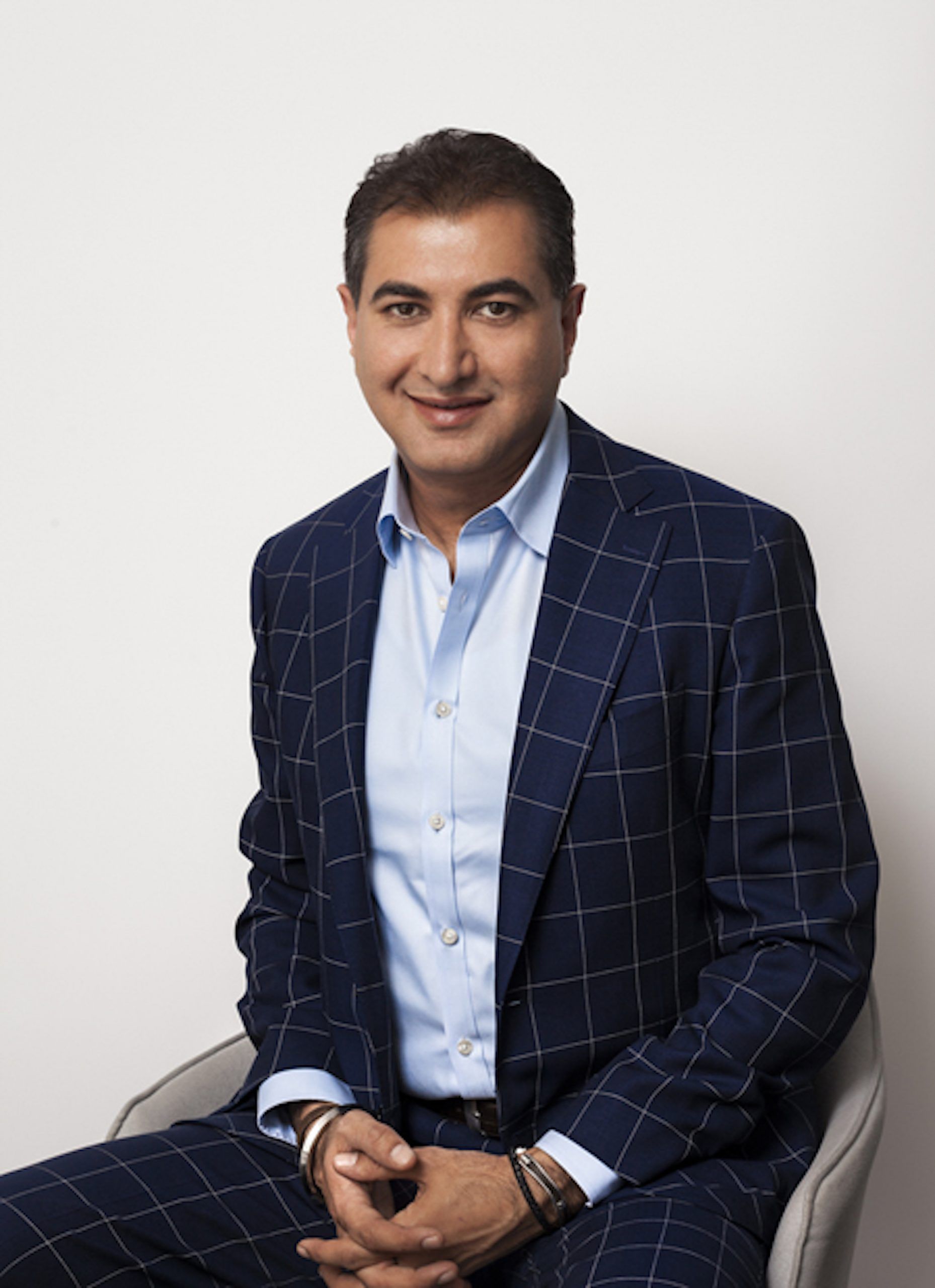
Bundeep, however, is more than a conduit engaging dissimilar worlds. He’s an activist of human rights, harnessing his influence in the fields of world economics, technology innovation and fintech to serve communities of people who are often overlooked. ‘We don’t heal from isolation, but within a community,’ explains Bundeep. ‘Art&Co. enables finance and insurance companies to support organizations assisting those suffering from the immediate effects of the coronavirus as well as consequential mental health or domestic violence difficulties.’ An Ambassador of Sporting Equals, a UK institution promoting ethnic diversity across sports activities, Bundeep has also partnered Art&Co. with Za Teb, a Bulgaria-based app that offers support and guidance to victims of domestic violence.
The auction presents a coterie of works that reflect the global disposition of this once in a multi-generational pandemic, highlighting themes of depression, domestic violence, isolation and mental health. Given the restrictions on movement and public gatherings, the livelihoods of artists are specifically affected, as exhibitions are prohibited for an indefinite period of time. Art&Co., however, links the 33 chosen artists with prospective benefactors at corporations who are eager to support this platform. Along with the contributing creatives, six frontline organizations and NGO’s will be included as beneficiaries of the funds raised. The selected six — ICUsteps, The Care Workers Charity, Khalsa Aid International, Painting Our World In Silver, Solace Women’s Aid and Za Teb — provide healthcare, food, medicines and guidance to those affected by the contagion. Moreover, such financial contributions are a physical demonstration of aid during this crisis and help meet corporate social responsibility (CSR) goals.
At the eve of the auction’s launch, Bundeep is filled with optimism about the future success of this platform. His enthusiasm when discussing the marriage of art and technology is not only infectious, it’s inspiring, and invigorates hope of what will spring from these uncertain times.
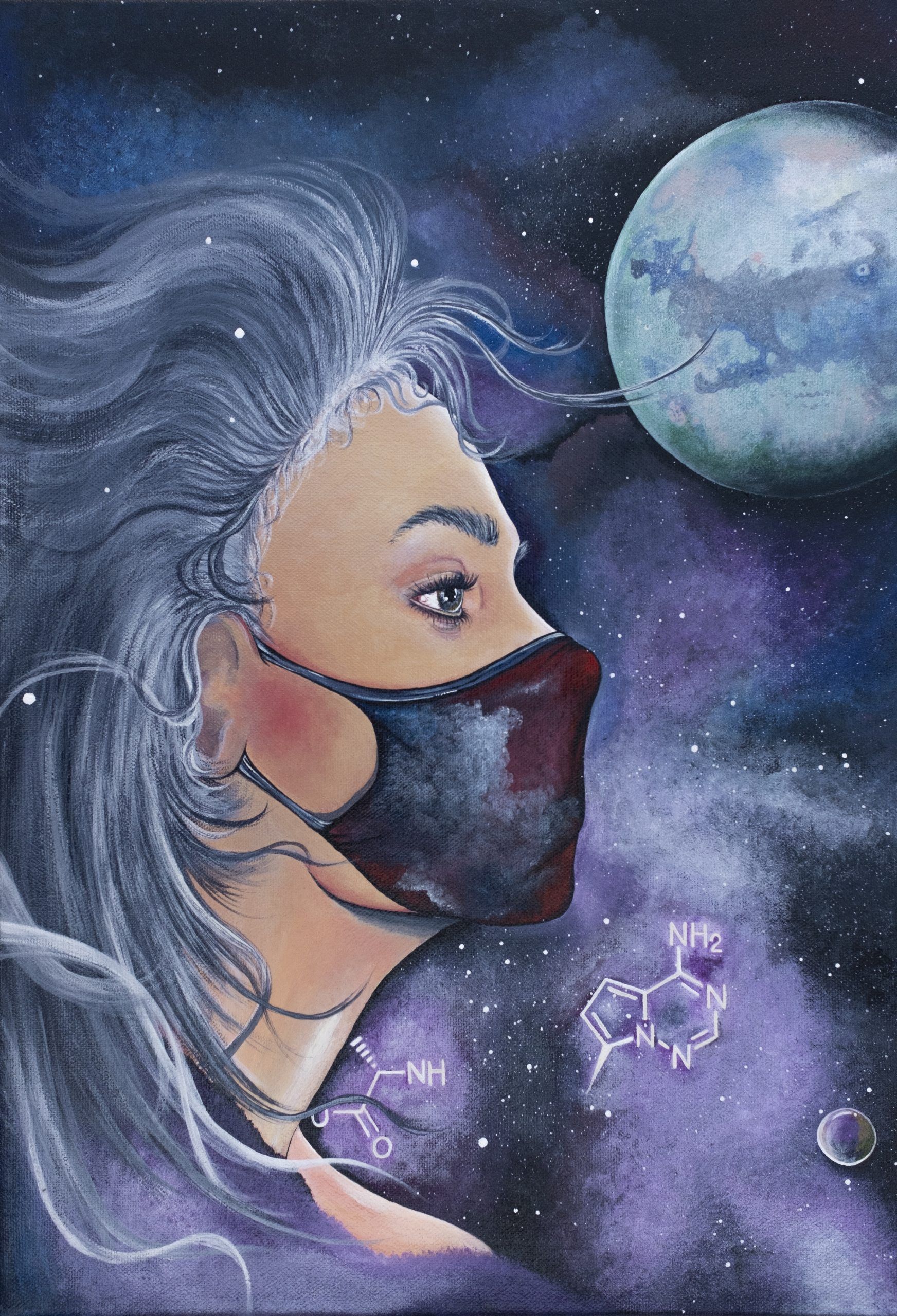
You have an extensive background in the tech/finance sectors. What propelled your involvement with the art world in founding Art&Co.?
I think it’s a combination of things. I’ve always loved art, fashion, music, etc. even though I’m in tech. Years ago, I worked at Star TV in Hong Kong, Bravo Arts Channel in Toronto and MTV in Hong Kong. So, I’ve always had a fascination with the art world. I think art, music and fashion unite people. I always joke that people will work what they need to do commercially to fuel their passion or hobby. What I like to do is more creative and my past has been involved with that, but it’s fueled by what I’m doing in finance and tech. I also co-produced a movie [Line of Descent] last year that’s on IMDb — it’s a Bollywood / Hollywood crossover, going back to the cross-pollination theme. I think if you bring that kind of creativity and you channel it correctly, it works really well in business and you think out of the box. And it works really well in this time when the whole purpose behind this auction was ‘how do I create something that raises money, but isn’t the run of the mill fundraiser?’
What was the process in selecting the artists and works that are represented in the auction?
We were careful to go to artists who had interesting characteristics. We didn’t want to go to celebrity artists — we were asked, ‘Why didn’t you go to Damien Hirst?’ We’re not saying ‘No’, but really it’s just to support the struggling artists. It has to be symbolic of what we’re experiencing right now, so it had to be artists who are freelancers and depending on art for their livelihood. We also wanted to include artists who were creating things that are representative of what people are grappling with these days — health, environment, mortality, mental illness, domestic violence, isolation. We selected artists on the basis of them being freelancers; we selected the artwork based on things that people are contemplating right now in this once in a multigenerational event.
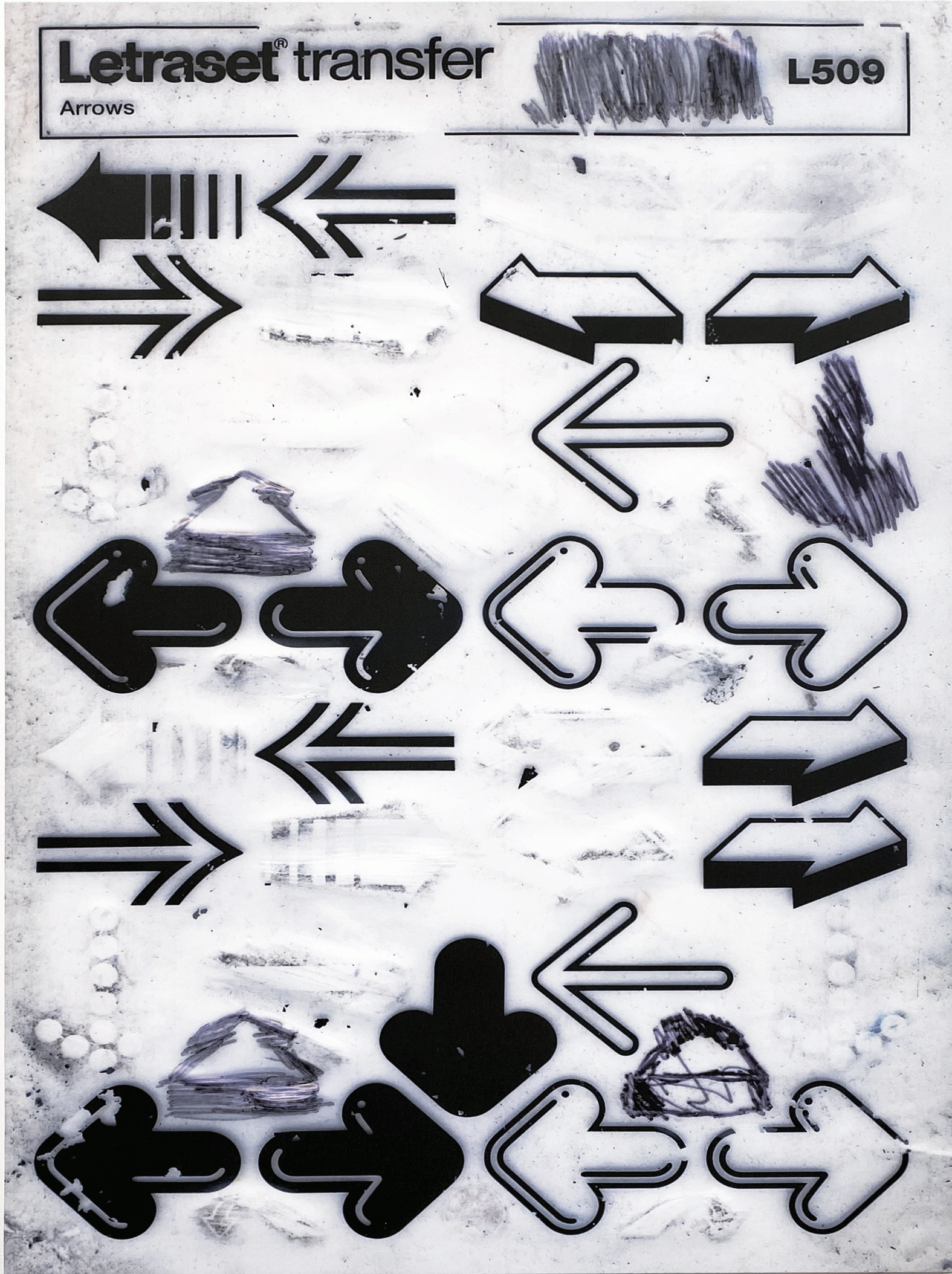
Will Art&Co. expand its creative coterie of artists?
Yes, and I think it’ll be thematic based. If we’re dealing with wildfires in Australia that are affecting people, or an earthquake in Iran, or floods in India… This one, we focused on the UK because that’s where we are. And 80% of the artists are from the UK with 20% being foreign, with the common thread as the themes we’ve talked about.
From an entrepreneurial perspective, how do you believe that the collective body of creatives could harness the effects of isolation to enhance their professional stride?
Sometimes some of the best creative outlets come when people have time to get out of the rat race, reflect, be a little isolated from everything else. Steve Jobs, one of our greatest entrepreneurs, spent a lot of time in India when he was younger exploring the world, exploring himself, thinking about things. And he married two worlds that were previously thought to be completely segregated — tech and design, creating objects that are not only functional but beautiful… And I think artists, designers, and creative people can basically use this time to do things that they never really had the time to do before because they got caught up in the next gig. With everything in lockdown mode, it gives you time to reflect and come up with something that transcends the immediacy of your day-to-day work. And I think we will hopefully see some very creative things come out of this pandemic that would not have otherwise… The pandemic has forced us to be a little bit more like, ‘let’s slow the clock down.’
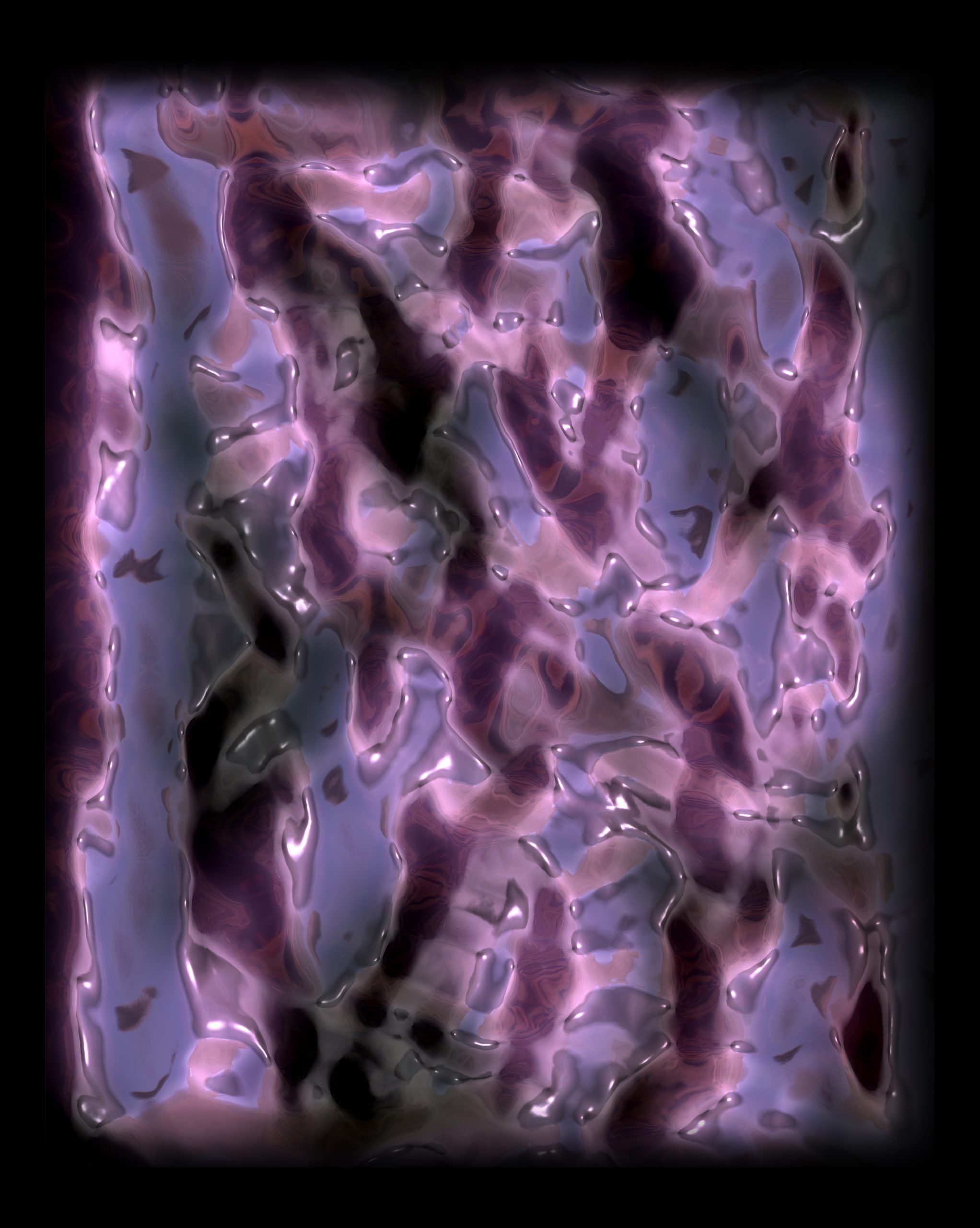
The livelihoods of creatives have been decimated by this circumstance. Are there any professional or strategic associations that you suggest an artist make to better navigate these times?
If there’s a bridge to be made, it’s with the enlightened individuals within the world of finance and tech with art, because art benefits from financial sponsorship. It benefits from showcases… Why can’t you have a business exhibition that also has an art show next to it? There are fusions that take place, like motion video and multimedia, but that’s only part of it… these two worlds don’t have to live in isolation. If there’s a Microsoft event that’s promoting tech, well art and design — as Steve Jobs so perfectly illustrated — have a huge amount of influence because our decision to purchase things are emotional and when we buy something, whether it be a car or piece of clothing, it has to have emotive appeal. And a connection to a brand is emotive. And who understands emotional connections and emotional loyalty to a brand better than people in the art world, people who are creative… Business people need to recognize that ultimately what they are selling is an emotive decision that is best sold by people who serve with emotionality every single day through their creative work, which is the artist.
Art&Co. is the first auction to have 6 different charity affiliations. What deterred you from forging a concentrated connection with just one?
I believe that the effects of the virus are multidimensional. There are people who are infected and suffering so you want to make sure that you’re supporting healthcare workers. Then there’s the elderly who can’t go out and struggle to go into grocery places because there are restrictions on how many people can enter at a time, and you don’t want people having malnutrition or food issues because they struggle and are by themselves. Then there are extreme cases of cabin fever which lead to depression and mental health issues, and of course, there’s domestic violence and abuse which are the uglier sides to this pandemic… If you really look at that whole strand and say ‘how can we do something that benefits all of those people affected across the spectrum?’, we realize that the 6 can really cover the grounds for the immediate and long-term consequences of this pandemic.

What do you foresee in the trajectory of creative merges between art/tech/finance?
When you cross-pollinate disciplines, you get something better out of it. I was involved with Skype in the early days and when we spoke to investors they’d say, ‘Well, you guys aren’t a phone company. Where’s your equipment?’ We were almost like a soft com — software telecom. And I think when you bring two different worlds that seem to be disparate and you synthesize, you can create something really cool. And this environment where we’re all under lockdown, we’ve all become digital. And [are now] connecting that digital experience to the world of art.
What will you do to maintain the longevity of Art&Co.?
I want to focus on where my specialization is within the financial services industry, which is insurance and create a company or entity that creates a number of initiatives, of which Art&Co. is the first. That entity is called InsurAid, and if you go to that site, it’s a simple landing page but it asks people to take a pledge to say ‘We want the insurance industry to support charities at a time when things occur that are not insurable’ — for instance, humanitarian disasters, health issues, pandemics. If they can sign up to that, when there is something like this that occurs, we can be there. And that’s the underlying movement of which Art&Co. is the first project. After we have this under our belt, we can probably change InsurAidto a charity that sits there and can support people in times of need in the future. We will do other events… This is not the only fundraiser that we want to do. We’ve got the platform, we might do another one at the end of the year to raise funds for future things so that we’re not always reacting, we can have funds available for emergencies and really encourage the industry to sign up…
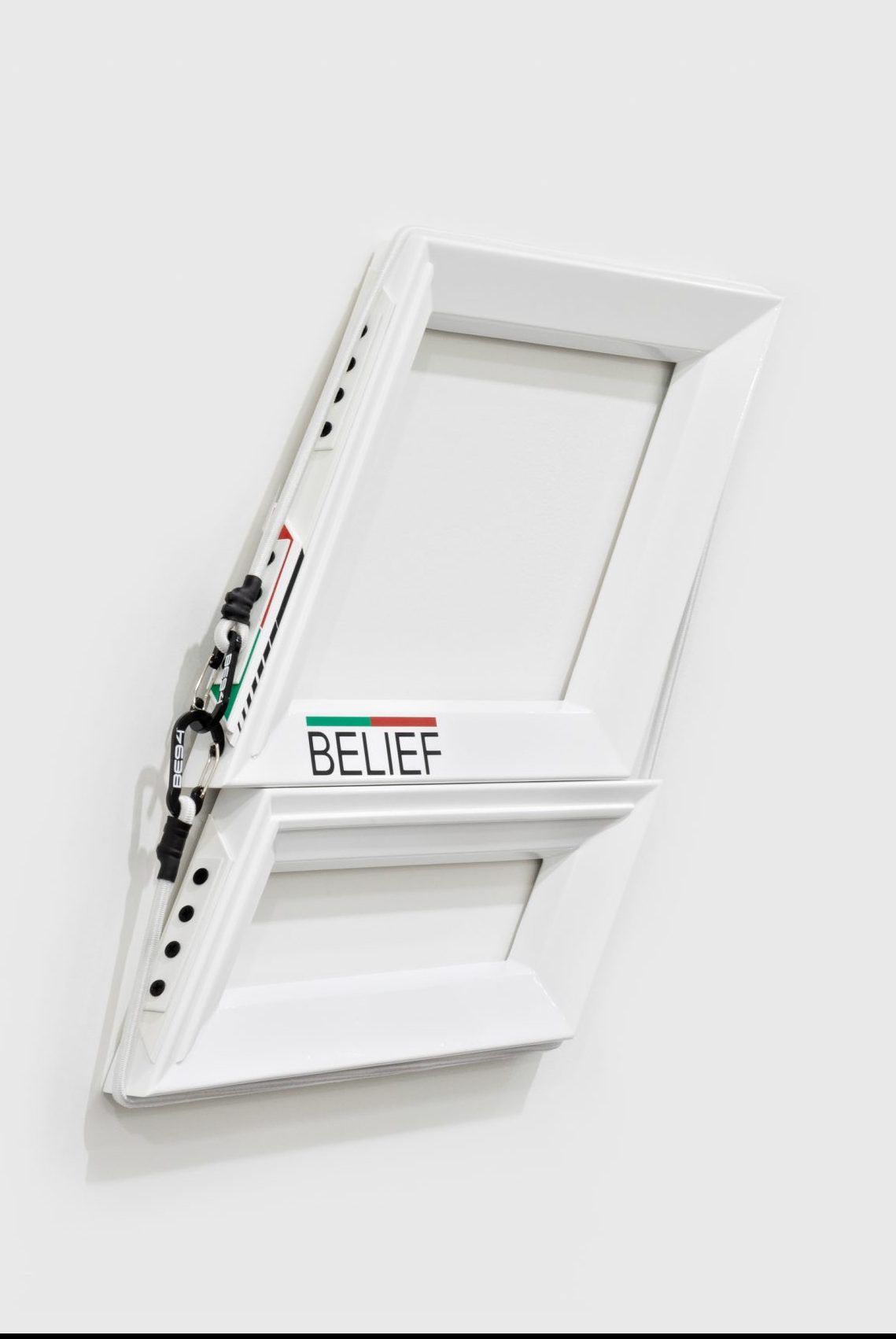
What was the greatest challenge faced by you and your team in founding Art&Co.?
We don’t come from a fundraising background, we don’t even come from an art background, we’re not gallery owners. We’re just people who wanted to do something cool that would help… and do a fundraiser from the world that we know, which is finance, tech and insurance. We started from scratch — it was an idea that has become a reality which meant talking to artists, selecting the artwork, building a website, making it interactive as an auction site, building payment mechanisms so people can donate, generating visibility and press. All of this while managing a business — I have 71 staff in 3 different countries, all working from home. So, we’ve got business as usual, which is not as usual because business is suffering. So, you’re managing your business during a pandemic while doing a separate project. I didn’t necessarily get all of the support of my shareholders and board members — they were a bit skeptical thinking this would be a distraction. But I believed that this was going to be good and worked on getting it off of the ground, and the challenge was getting it out in time because my concern was and is that people have forgetful memories… I don’t want people to feel like this [the COVID crisis] has now passed us by and there’s nothing to worry about — there are still people dying, and long-term consequences that haven’t been foreseen — from domestic violence to child abuse, and mental health issues.
Will this effort branch beyond UK borders and establish kindred platforms in other countries?
I really hope so because this was not designed to be something local, or just UK. It was designed for everybody. And if we could have an InsurAidchapter or partner in Australia and do a project there, the next time that there are wildfires in Australia we have a way that the insurance industry can contribute. We have a way that people can contribute. We have a way for artists to capture that moment in history and also benefit from capturing it because otherwise, they are homeless. You know, only 3% of humanity disasters are covered by insurance. So, we’re looking at a global movement, but one that’s not only prescribing values but doing something tangible and financial.
interview by Constance Victory
featured artwork ‘Inner Light’ by Artful Skecha (Randeep Singh Sohal)
Be sure to visit Art&Co.‘s auction which is currently happening online at www.artandco.net.
